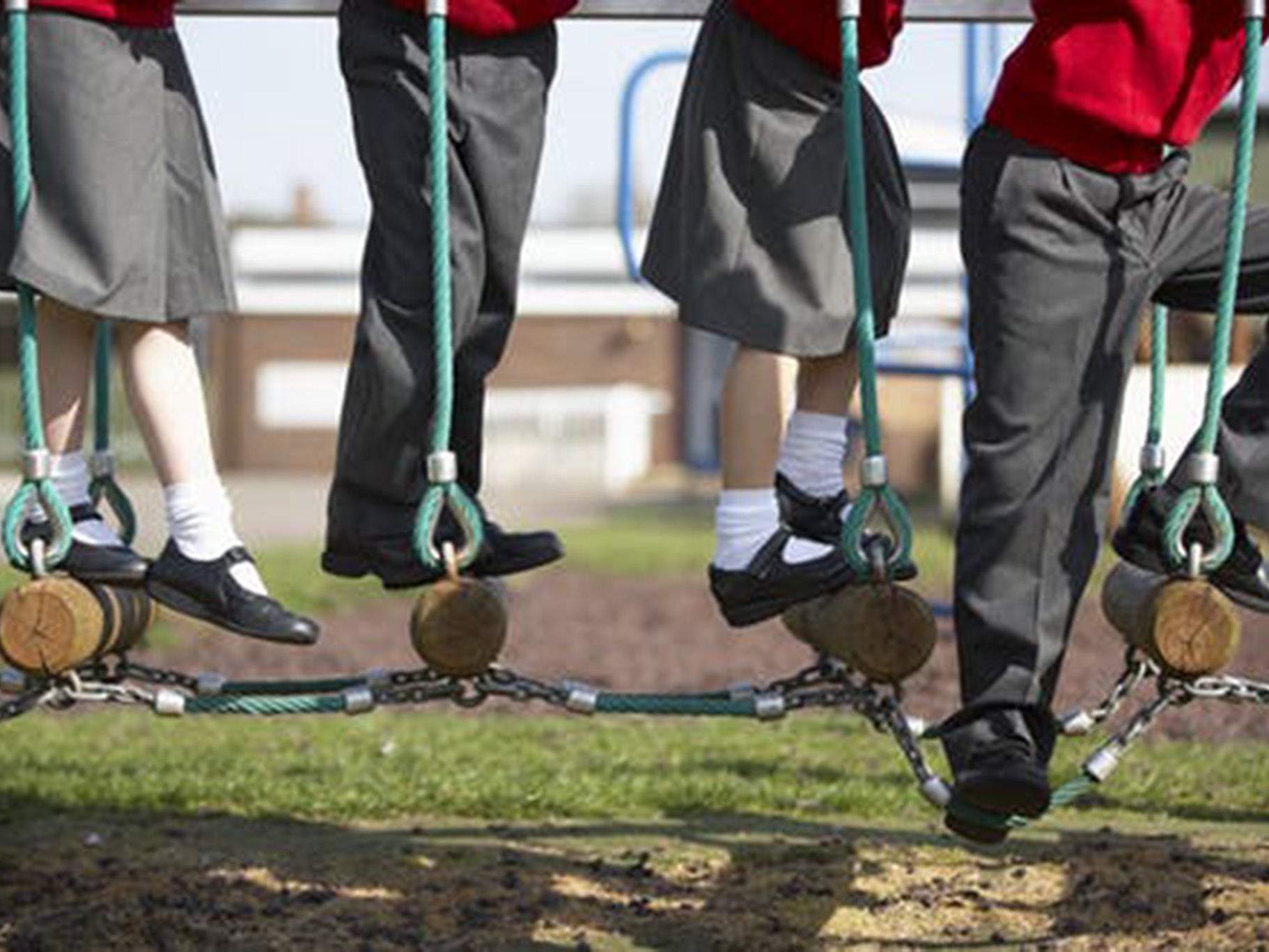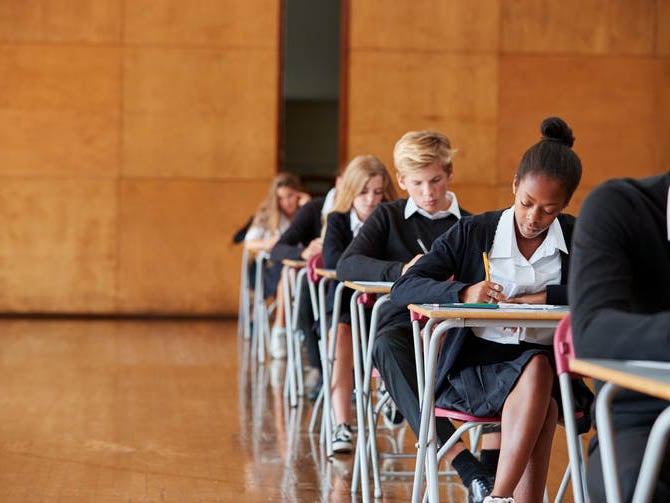The north-south divide in schools is real – and it’s more complex than you think
Children in the north of England have less chance of educational success than children in the south. This is a fundamental inequality which needs to be addressed with serious investment

Your support helps us to tell the story
From reproductive rights to climate change to Big Tech, The Independent is on the ground when the story is developing. Whether it's investigating the financials of Elon Musk's pro-Trump PAC or producing our latest documentary, 'The A Word', which shines a light on the American women fighting for reproductive rights, we know how important it is to parse out the facts from the messaging.
At such a critical moment in US history, we need reporters on the ground. Your donation allows us to keep sending journalists to speak to both sides of the story.
The Independent is trusted by Americans across the entire political spectrum. And unlike many other quality news outlets, we choose not to lock Americans out of our reporting and analysis with paywalls. We believe quality journalism should be available to everyone, paid for by those who can afford it.
Your support makes all the difference.When it comes to education, children in the north of England are already on the back foot – with students in London or the southeast more likely to go on to a top university. Pupils from a disadvantaged background in the south are also more likely to get five A* to C GCSEs, compared with pupils in the north.
This divide in education has been highlighted time and time again – the think tank Northern Powerhouse Partnership has recently suggested that improving schools in the north of England should be “at the top of the intray” for education secretary Damian Hinds.
Recently, the former chancellor George Osborne added his voice to the discussion, calling on the government to close the gap between schools in the north and the south of England. Or, to be more specific, between London and the north. His concerns seem to be based upon the most recent of many reports outlining the attainment divide between regions. Published by the children’s commissioner, Growing up north highlights the complex relationships between life chances and education, wealth, health, labour markets and family aspirations.
The challenge
Osborne has urged ministers to set targets so that there are the same number of children attending “good” or “outstanding” schools in the north as in London. He has also suggested that ministers impose or clone the “London Challenge model” on the north – focusing on primary and secondary schools.
London Challenge was devised by Labour when in power in 2002. It involved a number of strategies running in parallel, including schools working in partnership with local authorities and a number of advisers appointed to support schools.
The model led to impressive improvement in results – particularly in areas of high deprivation. Successive Ofsted reports have in recent years demonstrated how, despite the high levels of disadvantage in London, pupils outperform their counterparts in both the wealthier southeast and those in the north at Key Stage 4, on the key measure of A* to C grades at GCSE.
‘The north’
This might all sound well and good, but you can’t press button A and expect result B. Communities in the north are very diverse. You cannot compare the city of Sunderland with the seaside town of Scarborough in terms of schools, nor Durham with Doncaster, or Leeds with Liverpool.
So while elements of knowing what has worked elsewhere could be helpful, those in power must understand that the north is not a homogeneous mass of people – despite what the stereotypes of Emmerdale and Coronation Street lead people to believe.

The north is massive and varied – and within its cities there are diverse communities with families that have differing needs and aspirations. Up north, councils have also lost a disproportionate level of spend compared to some southern local authorities. Findings show how between 2015 and 2016, councils in the northeast of England faced reductions in funding of 7.8 per cent, compared with cuts of 3.4 per cent in the wealthier southeast.
Squeezed budgets
Like all areas of the UK, the north has it’s own unique set of issues. Many of the support services that help families have vanished, and infrastructure to support children and young people has diminished – leading to a huge service vacuum.
To add to this, there is the unrelenting pressure of school finances – which I see when taking part in the Leeds School Forum – as costs rise and budgets remain largely static. Some schools even rely on donations and money from parents to help with cash flow. So while all children have a right to go to an excellent school – and all parents should be able to select one for their children, the reality is far from that.
To address this crisis there must be serious investment in the future of schoolchildren across England – but in particular in the north, if this basic inequality in terms of education is to be readdressed. This is important, because children in the north have the right to high quality schooling – just like those children born in other areas of the country.
Doug Martin is course director at the Carnegie School of Education at Leeds Beckett University. This article first appeared on The Conversation (theconversation.com)
Join our commenting forum
Join thought-provoking conversations, follow other Independent readers and see their replies
Comments